#Doryaspis
Explore tagged Tumblr posts
Text
Clockwise from top right: Astraspis, Drepanaspis, Doryaspis, Sacabambaspis, Sanchaspis, Pteraspis, Pituriaspis?
Not too sure about the osteostracan and galeaspid at the top, as quite a few species could fit (maybe Shuyu or Qingshuiaspis for the latter?)

(Not super accurate) Sacabambesties
3K notes
·
View notes
Photo
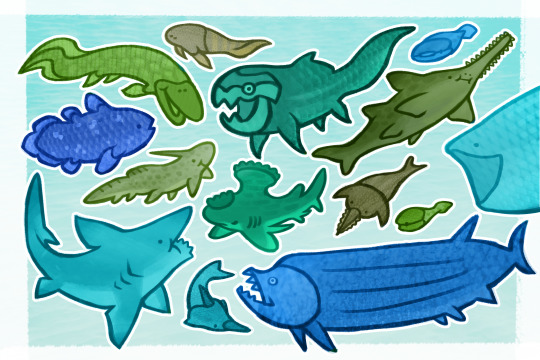
🐟 fossil fish gang 🐟
Here’s something a little late for fossil fish week B)
#my art#fish#shark#paleoart#fossil fish week#dunkleosteus#tiktalik#coelacanth#helicoprion#xenocanthus#stenthacanthus#Xiphactinus#Leedsichthys#Onchopristis#Doryaspis#Pteraspis#Arandaspis#bothriolepis#placoderms#leedsichthys is so huge large it is just his funny face over there#not that any of these are to scale anyways lmao
453 notes
·
View notes
Photo
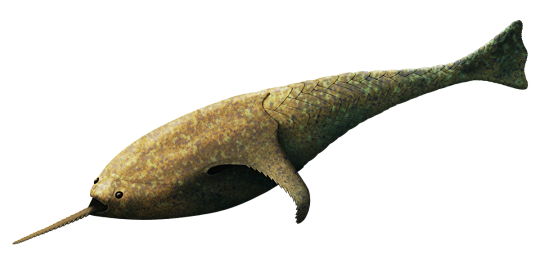
While Doryaspis nathorsti here looked a bit like a weird prehistoric sawfish, it was actually an ancient jawless fish more closely related to modern lampreys and hagfish.
Measuring just 15cm long (6"), this odd little fish lived in the shallow seas of what is now the Arctic Svalbard archipelago, around 407 million years ago during the early Devonian period when the region was located in much more tropical latitudes.
It was part of a group called the heterostracans, a lineage of jawless fish with heavy armor covering the fronts of their bodies. They had no paired fins and relied solely on their powerful tails for propulsion, and some like Doryaspis also developed large stiff wing-like projections from the sides of their armor that acted like hydrofoils to provide extra lift while swimming.
But the strangest feature of Doryaspis is that pointy serrated saw-like "snout" – which wasn't actually a snout at all, but instead formed from a part of its jawless mouth roughly equivalent to the lower lip and chin.
It's unclear what the purpose of this appendage was, but it might have been used for prey detection, probing around the muddy seafloor in a similar manner to sawfish or the big-chinned porpoise Semirostrum.
———
Nix Illustration | Tumblr | Pillowfort | Twitter | Patreon
#science illustration#paleontology#paleoart#palaeoblr#doryaspis#pteraspidiformes#heterostraci#agnatha#jawless fish#fish#vertebrate#art#somehow got a spiky chin despite not actually having a chin#go home evolution you're drunk
375 notes
·
View notes
Video
tumblr
The DEVOnian
Inspired by this post by @biologymemes Image sources under the cut:
In order of appearance:
Global Paleogegraphy during the Late Devonian by Wayne Ranney (article: The Antler Orogeny and the First Suspect Terrane: Middle Devonian to Late Pennsylvanian: Ca. 400–300 Ma )
Drepanaspis by Nobu Tamura
Bothriolepis by Nobu Tamura
Dunkleosteus by Dmitry Bogdanov
Cladoselache by Nobu Tamura
Ischnacanthus by Nobu Tamura
Xenacanthus by Nobu Tamura
Astrastis by Stanton F. Fink (Apokryltaros)
Pteraspis by Stanton F. Fink (Apokryltaros)
Hemicyclaspis by Nobu Tamura
Actinolepis by Stanton F. Fink (Apokryltaros)
Materpiscis by Entelognathus
Lunaspis by Stanton F. Fink (Apokryltaros)
Heterosteus by Dmitry Bogdanov
Titanichthys by Dmitry Bogdanov
Doryaspis by Nobu Tamura
Coccosteus by Nobu Tamura
Tiaraspis by Stanton F. Fink (Apokryltaros)
Dipterus by Nobu Tamura
Eusthenopteron by Nobu Tamura
Panderichthys by Nobu Tamura
Tiktaalik by Zina Deretsky
Elginerpeton by Nobu Tamura
Acanthostega by Nobu Tamura
Ichthyostega by Nobu Tamura
147 notes
·
View notes
Text
🖤TFA Dinobots🖤
Mermay headcanons
Grimlock - Dunkleosteus
Swoop- Barracuda
Snarl - Doryaspis
20 notes
·
View notes
Photo
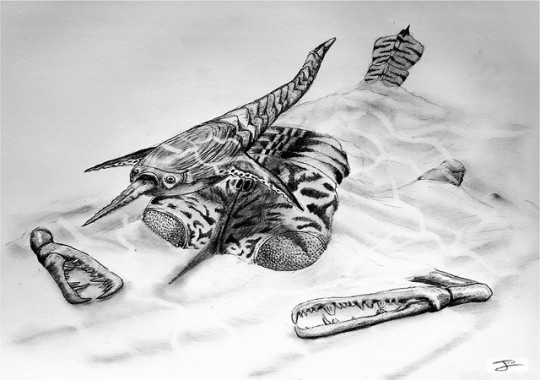
"Patience" A gigantic pterygotid eurypterid ("sea scorpion") is about to make full use of Doryaspis only having small eyes on the top of its head...
36 notes
·
View notes
Photo
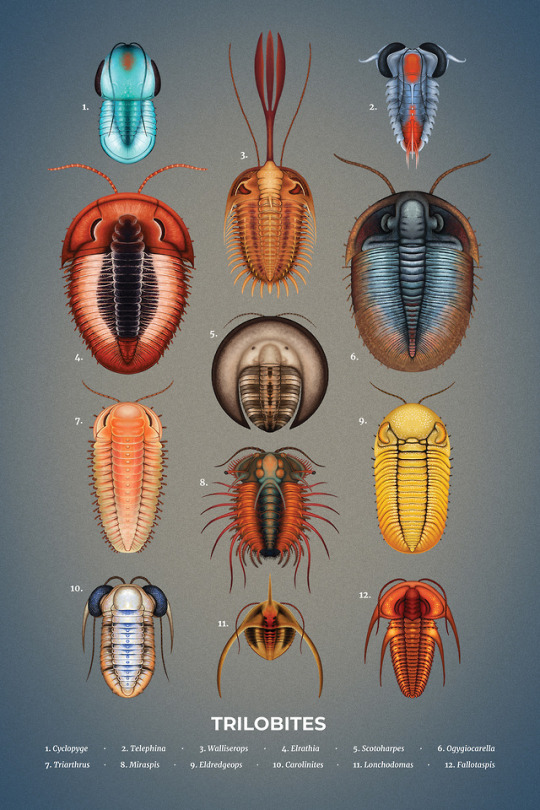
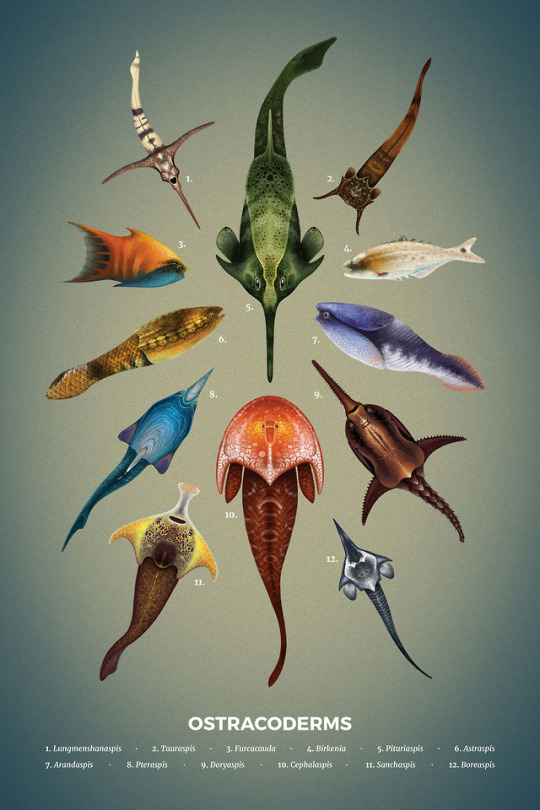
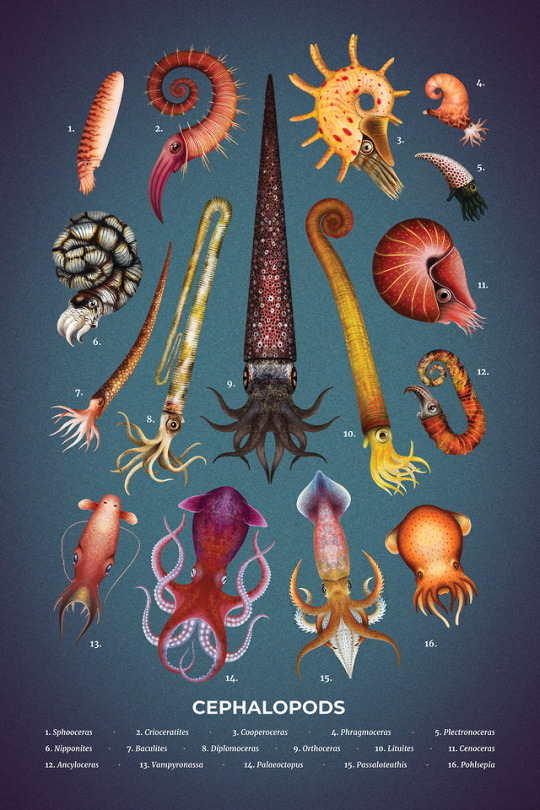
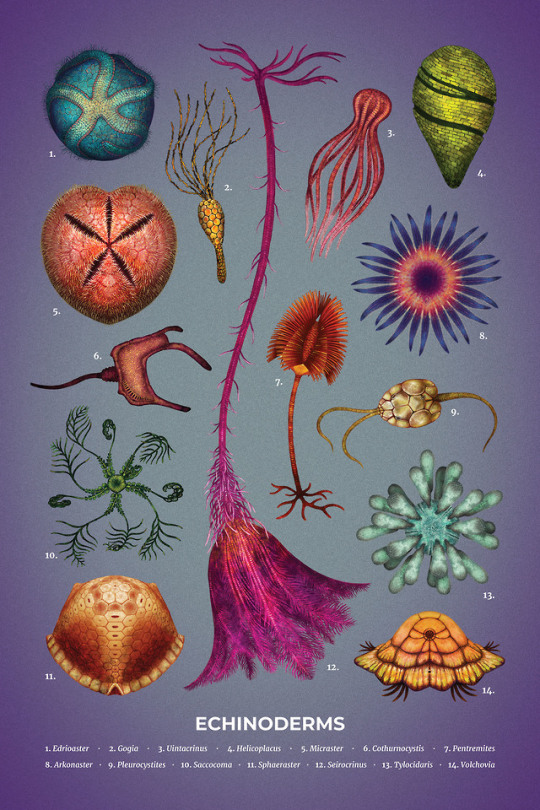
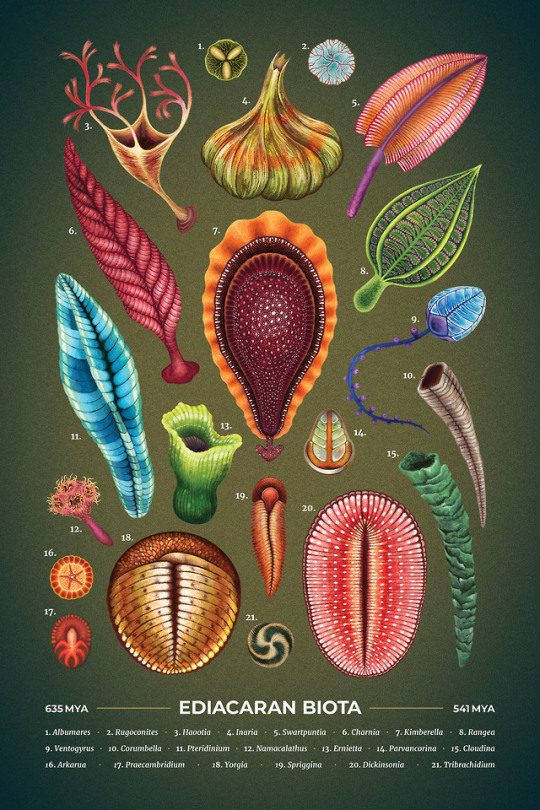
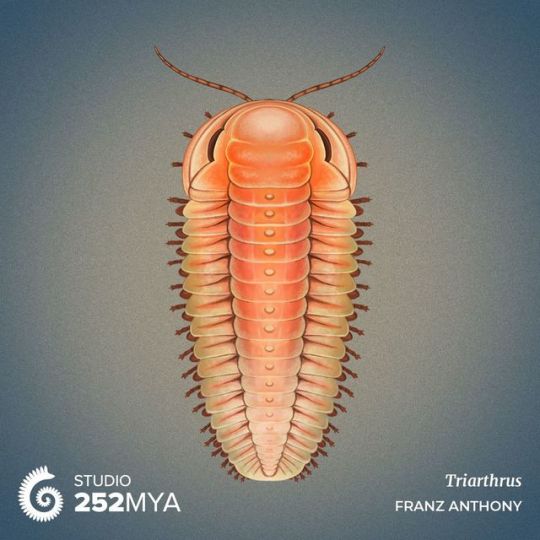
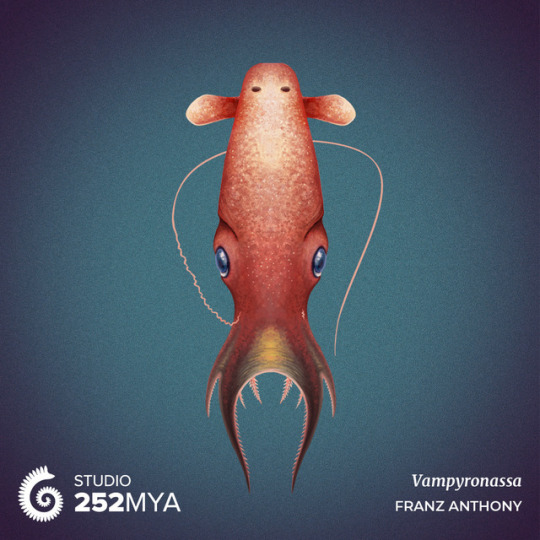
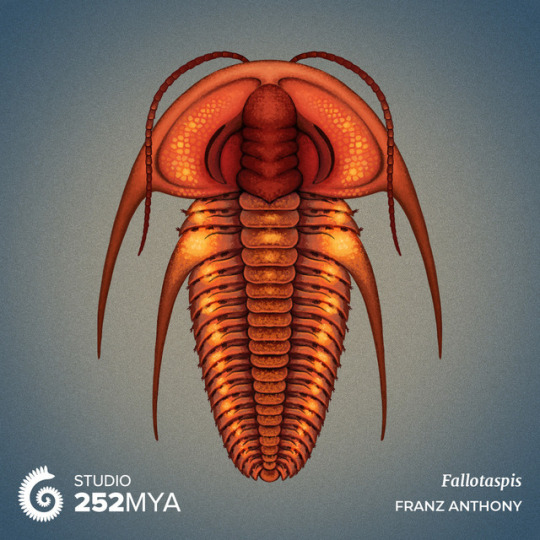
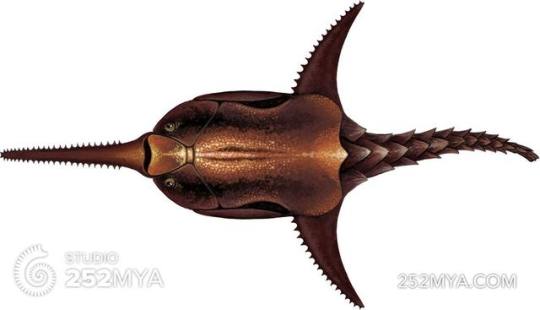
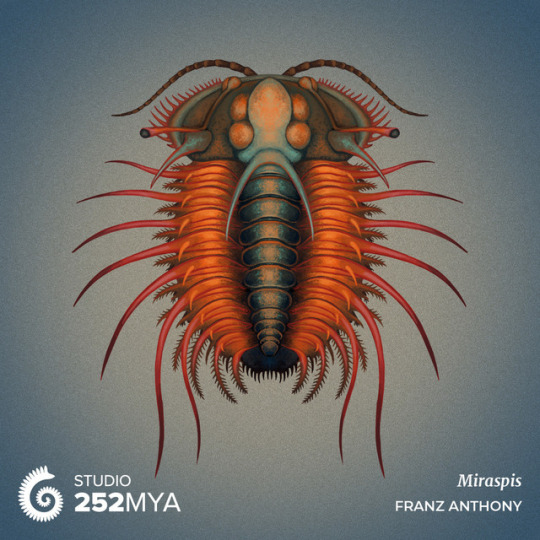
Franz Anthony (Indonesian-raised, nomadic artist - illustrator - graphic designer -lifelong science enthusiast)
http://franzanth.com/
https://252mya.com/
http://www.eartharchives.org/articles/500-million-years-of-cephalopod-fossils/
http://www.eartharchives.org/articles/the-colorful-world-of-the-trilobites/
Social Media:
http://twitter.com/franzanth
http://facebook.com/franzanth
http://instagram.com/franzanth
http://behance.net/franzanth
#Franz Anthony#art by others#other's artwork#illustration#paleo art#trilobite#cephalopod#ostracoderm#echinoderm
8 notes
·
View notes
Photo
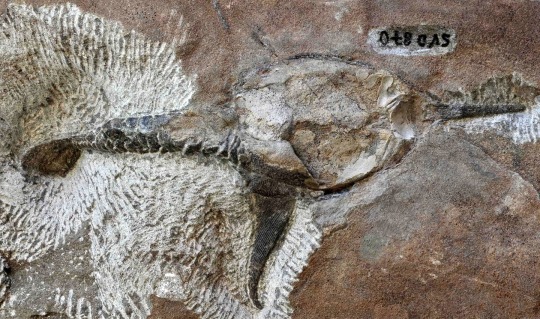
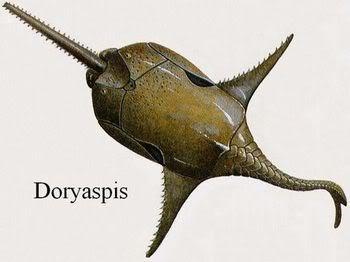
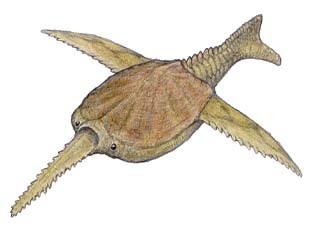
Dart Shield (Doryaspis nathorsti and Doryaspis arctica)-
This armored, jawless fish was discovered in Spitsbergen, Norway. They lived during the Devonian period, about 350 million years ago. Its most definitive feature is the large armored shield that covers most of its body. The main difference between the D. nathorsti and D. arctica is that the D. nathorsti (pictured above) toothy spikes running along its snout and the front of its extended lateral spines (branchial plates). The D. arctica is smaller and has no spikes.
This prehistoric fish had a long bony protrusion near its mouth, possibly to disrupt sediment to suction up whatever was hidden underneath. The saw-like ��snout” ( the pseudorostrum) was actually an extension of its “chin” plate, rather than its “nose” (the rostrum), as seen on a modern day sawfish. It had a long, flexible tail with thick scales. Its downward curving branchial plates were thought to help it maintain level swimming.
Airplane fish Photos: (top) (bottom left) (bottom right)
#dart shield#doryaspis#doryaspis nathrosti#doryaspis arctica#prehistoric#devonian#fish#jawless fish#extinct#norway#animal today#facts
65 notes
·
View notes
Photo
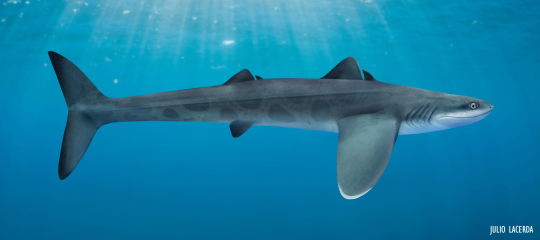
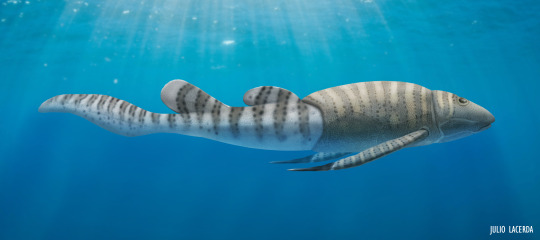
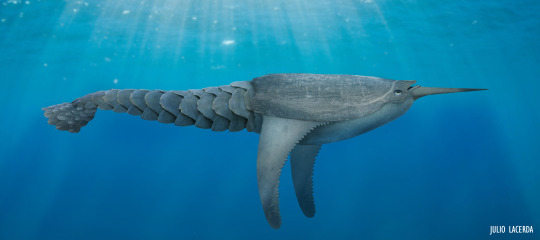
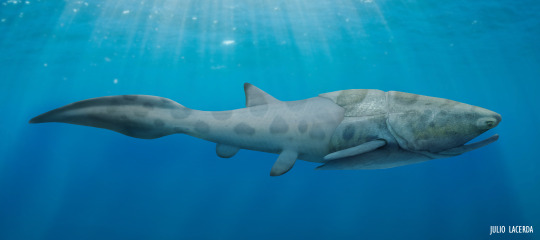
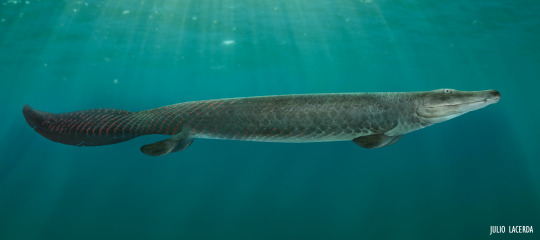
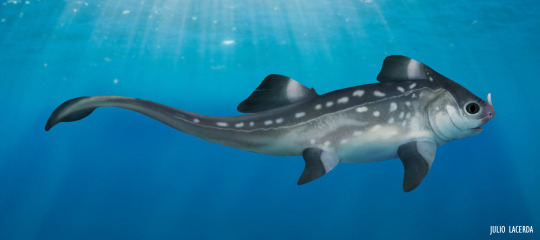
A Collection of Early Fishes; Cladosechale, Bothriolepis, Doryaspis, Entelognathus, Tiktaalik and Materpiscis - for the article at Earth Archives.
#cladosechale#bothriolepis#doryaspis#entelognathus#tiktaalik#materpiscis#fish#devonian#silurian#extinct#prehistoric#animal#ocean#paleocene#my art#artwork#illustration
2K notes
·
View notes
Photo
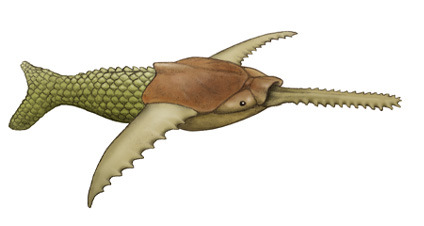
The Dart shield, Doryaspis (1935)
Phylum : Chordata Superclass : Agnatha Class : Heterostraci Order : Pteraspidiformes Family : Doryaspidae Genus : Doryaspis Species : D. nathorsti, D. arctica
Early Devonian (410 Ma)
20 cm long (size)
Antarctica (map)
Doryaspis (also known by its synonym, "Lyktaspis") is an extinct genus of primitive jawless fish that lived in the Devonian period. Fossils have been discovered in Spitsbergen.
The animals had a canteen-shaped body armor, and had large branchial plates that extended out and curved downward in a triangular shape, very similar to those of the pycnosteids. An element of the median oral plates (that would correspond to the lower lip or chin in gnathostomes) extends out in a long rod-shaped appendage, called the "pseudorostrum." The tail is long and slender, and has large rows of thick scales.
In the type species, D. nathorsti, the lateral edges of the branchial plates and of the pseudorostrum are serrated. The second species, D. arctica, is smaller, and lacks serrated edges.
7 notes
·
View notes